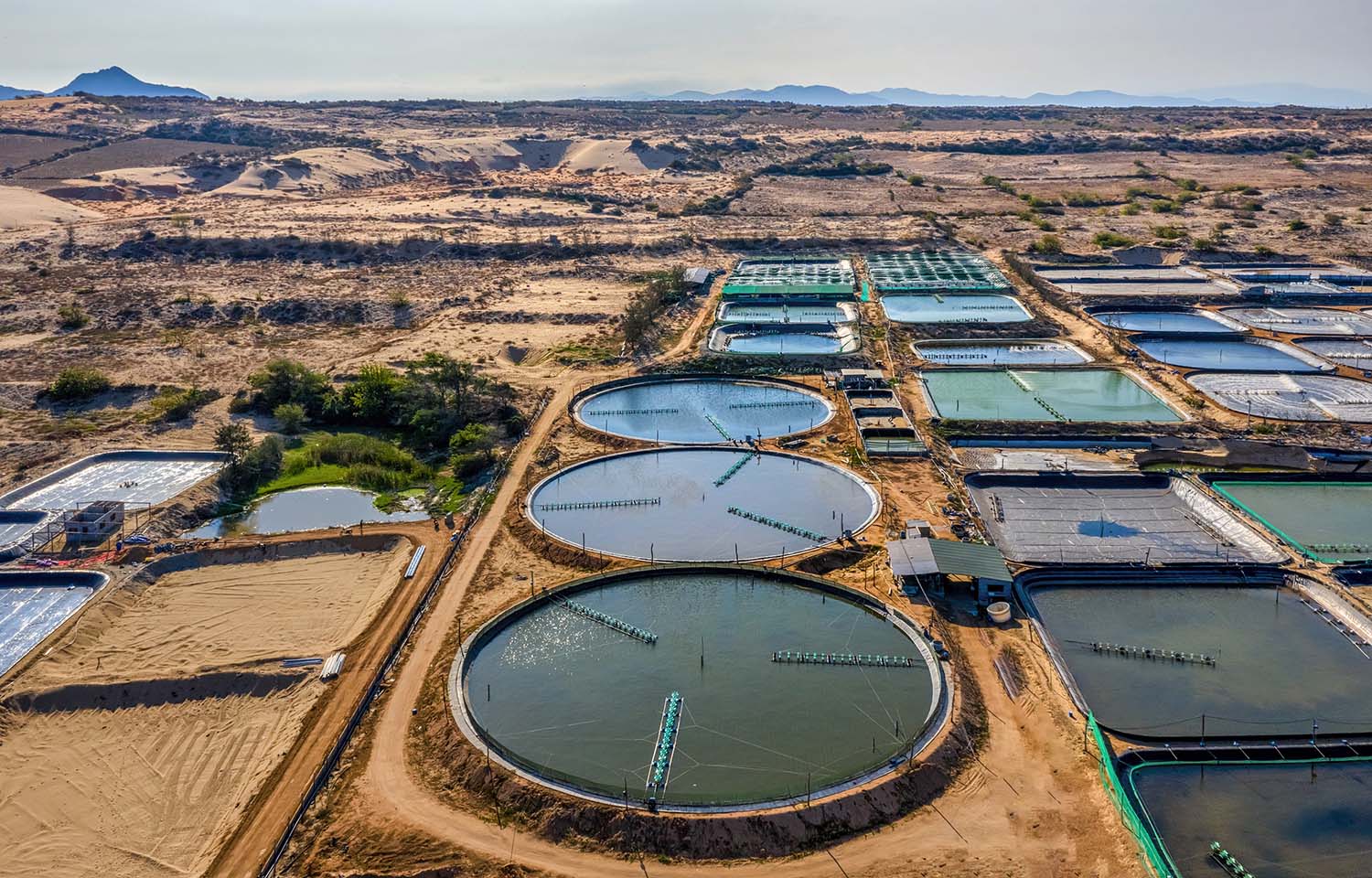Global seafood production has reached a historical record, and aquaculture production has surpassed wild-catch output for the first time ever, according to a biennial United Nations Food and Agriculture Organization (FAO) report.
The FAO’s 2024 edition of The State of World Fisheries and Aquaculture (SOFIA) report, published 10 June 2024, found global seafood production reached 223.2 million metric tons (MT) in 2022, up 4.4 percent from 2020. That total comprises 185.3 million MT of aquatic animals – 89 percent of which was used for human consumption and the remainder of which was used for fishmeal and fish oil – and 37.8 million MT of algae.
Its total first sale value was estimated at USD 472 billion (EUR 440 billion), with aquaculture production valued at USD 313 billion (EUR 292 billion). Around 230 countries globally are involved in the international trade of seafood products.
In 2022, global aquatic animal aquaculture production reached 130.9 million MT, accounting for 57 percent of aquatic animal production by volume, while wild-catch fisheries accounted for 94.4 million MT. By continent, Asia was responsible for 70 percent of aquatic animal production, Europe contributed 9 percent, Latin America and the Caribbean produced 9 percent, Africa at 7 percent, North America at 3 percent, and Oceania at 1 percent. Globally, 61.8 million people were employed in primary production of seafood in 2022.
“While capture fisheries production has remained largely unchanged for decades, aquaculture has increased by 6.6 percent since 2020, contributing over 57 percent of aquatic animal products used for direct human consumption,” FAO Director-General Qu Dongyu said in a press release.
FAO Fisheries and Aquaculture Division Head Manuel Barange said improving aquaculture production is important for feeding the world’s growing population.
“With 735 million people suffering from hunger, reducing this number quickly is critical. We need to produce more food and improve access to food, and aquaculture offers a way to do this effectively,” he said. “Importantly, the growth of aquaculture is not because capture fisheries are decreasing; capture fisheries production has remained globally stable for 30 years. Instead, aquaculture is growing at 5 percent per year since the turn of the century. This makes aquaculture a great tool for fighting hunger and poverty, all while using natural resources sustainably.”
China led in seafood production at 36 percent of global volume, followed by India at 8 percent, Indonesia at 7 percent, Vietnam at 5 percent, and Peru at 3 percent. Top exporting nations by volume were China, Norway, Vietnam, Ecuador, and Chile, while the top importers by volume were the U.S., China, Japan, Spain, and France. The FAO estimated the value of the international trade of aquatic products at USD 195 billion (EUR 182 billion) in 2022, up 19 percent compared to pre-Covid levels.
“This indicates not only recovery from the pandemic but also substantial growth, particularly benefiting middle- and low-income countries,” Barange said. “In fact, the net economic benefits derived from aquatic foods for low- and middle-income countries surpass those from all other agricultural commodities combined.”
Global capture fisheries accounted for 92.3 million MT of production, including 81 million MT from marine fisheries and 11.3 million MT from inland fisheries. The totals have remained around those levels since the 1980s, according to FAO.
Ten countries – China, Indonesia, India, Vietnam, Bangladesh, the Philippines, Republic of Korea, Norway, Egypt, and Chile – accounted for 89.8 percent of global aquaculture production in 2022.
“Many low-income countries in Africa and Asia are not using their full potential,” Dongyu said. “Targeted policies, technology transfer, capacity building, and responsible investment are crucial to boost sustainable aquaculture where it is most needed, especially in Africa.”
Global seafood production is expected to increase 10 percent by 2032 to reach 205 million MT, with aquaculture expansion and capture fisheries recovery accounting for the growth, according to the report. However, that growth will not be enough to meet rising demand; by 2050, due to global population growth, production would have to grow ...








